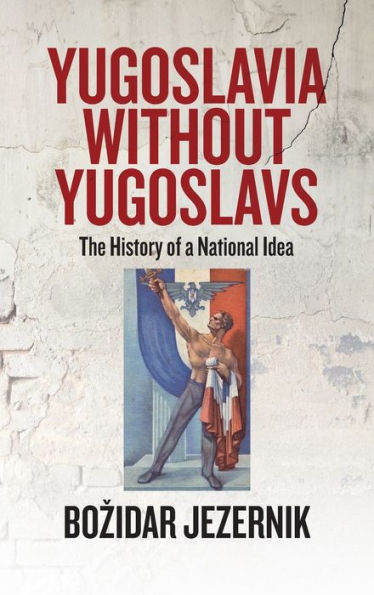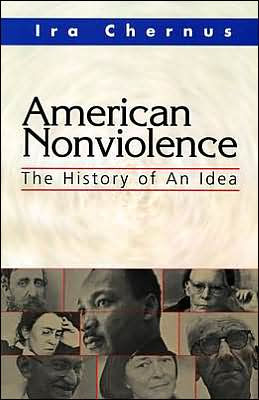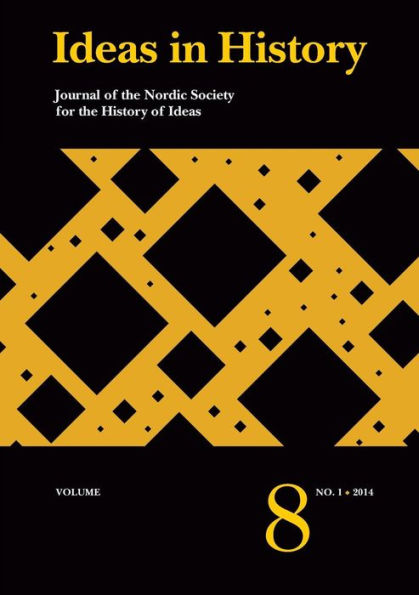Home
Yugoslavia without Yugoslavs: The History of a National Idea
Barnes and Noble
Yugoslavia without Yugoslavs: The History of a National Idea
Current price: $135.00


Barnes and Noble
Yugoslavia without Yugoslavs: The History of a National Idea
Current price: $135.00
Size: Hardcover
Loading Inventory...
*Product information may vary - to confirm product availability, pricing, shipping and return information please contact Barnes and Noble
The term “Yugoslavia” first appeared in an article in the newspaper
Slovenija
in Ljubljana on Friday, October 19, 1849. The author of the article declared that he was not interested in politics, but only in the literary unification of Yugoslavs within the Austro-Hungary Empire. With ongoing conflicts and disparate forms of nationalism in and around historical Yugoslavia as its backdrop,
Yugoslavia without Yugoslavs
for the first time addresses the history and idea of a united Yugoslavia in and during which a true “Yugoslav” identity never really came into being . Following a series of wars and uprisings from 1875 onwards, the first nation-state of Southern Slavs, established after World War I, became the “Kingdom of Serbs, Croats and Slovenes” — a competing nationalistic blender that would go through failure, revival and transformation of the concept of “Yugoslavia”.
Slovenija
in Ljubljana on Friday, October 19, 1849. The author of the article declared that he was not interested in politics, but only in the literary unification of Yugoslavs within the Austro-Hungary Empire. With ongoing conflicts and disparate forms of nationalism in and around historical Yugoslavia as its backdrop,
Yugoslavia without Yugoslavs
for the first time addresses the history and idea of a united Yugoslavia in and during which a true “Yugoslav” identity never really came into being . Following a series of wars and uprisings from 1875 onwards, the first nation-state of Southern Slavs, established after World War I, became the “Kingdom of Serbs, Croats and Slovenes” — a competing nationalistic blender that would go through failure, revival and transformation of the concept of “Yugoslavia”.

















